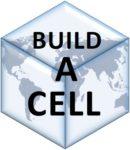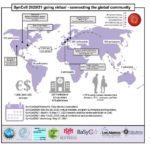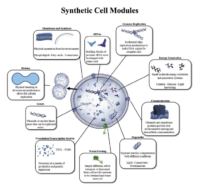|
|
Build-a-Cell: Engineering a Synthetic Cell Community |
new publication
|
|
Synthetic Cells in Biomedical Applications |
Liposome formation device
Our simple, 3D printed liposome formation device is now available to all non-profit users: device, protocols and tutorials

Synthetic cells for drug delivery
CRS News published our text about synthetic cells in drug delivery applications.
Synthetic cells: happy middle between liposome drug delivery and engineered natural cells

new publication
|
|
Building a community to engineer synthetic cells and organelles from the bottom-up |
new publication
|
|
Toward synthetic life: Biomimetic synthetic cell communication |
Trumpet platform
TRUMPET: Transcriptional RNA Universal Multi-Purpose GatE PlaTform is our new biocomputing tool. The web based logic gate design tool is now live on trumpet.bio

iBiology synthetic cells
Kate’s iBiology talks on synthetic cells have been published.
Synthetic Cells: Building Life to Understand It

Part 1: Synthetic Cells: Building Life to Understand It

Part 2: Synthetic Cells: Approach and Applications
webinar Synthetic Cells · Artificial Life · Brain-Computer Interfaces · Space Exploration
new publication
|
|
Reconstituting Natural Cell Elements in Synthetic Cells |





